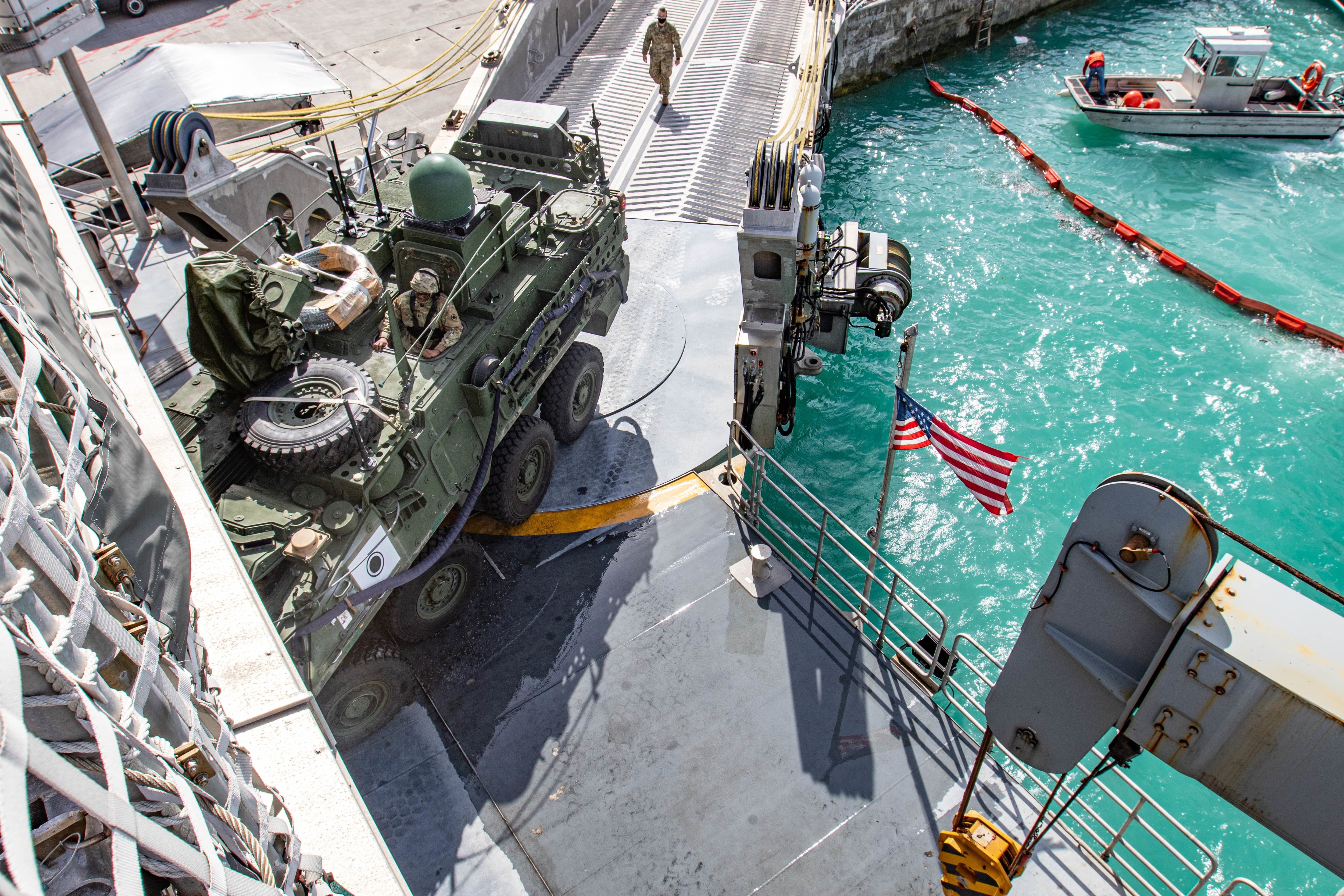NASHVILLE, Tenn. — U.S. military leaders, acquisition officials and hundreds of companies and other defense industry players are gathering this week to discuss the future of Army communications and the cutting-edge gear soldiers will need to share information whenever and wherever needed.
The dialogue, at what’s known as Technical Exchange Meeting 9, or TEM9, is focused on Capability Sets 25 and 27, batches of near-term networking upgrades drafted with armor and automation in mind, as well as Indo-Pacific and European operations.
Network modernization is a priority for the Army as it pivots to multi-domain operations — the ability to deter and defeat an enemy, with help from others, in any location — and confronts communication environments jeopardized by technologically advanced adversaries such as China and Russia.
The capability set initiative launched in fiscal 2021, with compounding upgrades of off-the-shelf and specialized tech expected in 2023, 2025, 2027 and beyond. Army leaders in 2019 compared the incremental approach to Apple’s iPhone strategy, with newer, better hardware and software rolling out on the heels of the last release.
The Army finished fielding Capability Set 21, tailored for infantry, earlier this year. The service in April completed a critical design review for Capability Set 23, focused on Strykers, signifying the equipment was conceptually sound and cost effective. The passing grade also opened the door for procurement.
RELATED

“To some level, we modernized and touched over 300 units in the Army, whether it was updating or upgrading their transport, mission command applications, fires applications,” Nicholaus Saacks, deputy program executive officer for command, control and communications-tactical, told C4ISRNET in October.
Work on Capability Sets 25 and 27 is underway. The technical exchange meeting is meant to generate research-and-development insights about those pursuits and provide industry face time with decision makers.
“With 23, we’re looking at capacity, looking at resiliency, and then we’re looking at convergence,” Maj. Gen. Jeth Rey, the director of the Army’s Network Cross-Functional Team, said in October. “When you’re thinking about Capability Set 25, we’re looking at getting that auto-PACE, and then we’re looking at how we’re protecting the network capabilities.”
PACE describes the order in which lines of communication will be tried until contact is established: primary, alternate, contingency and emergency.
Colin Demarest was a reporter at C4ISRNET, where he covered military networks, cyber and IT. Colin had previously covered the Department of Energy and its National Nuclear Security Administration — namely Cold War cleanup and nuclear weapons development — for a daily newspaper in South Carolina. Colin is also an award-winning photographer.








